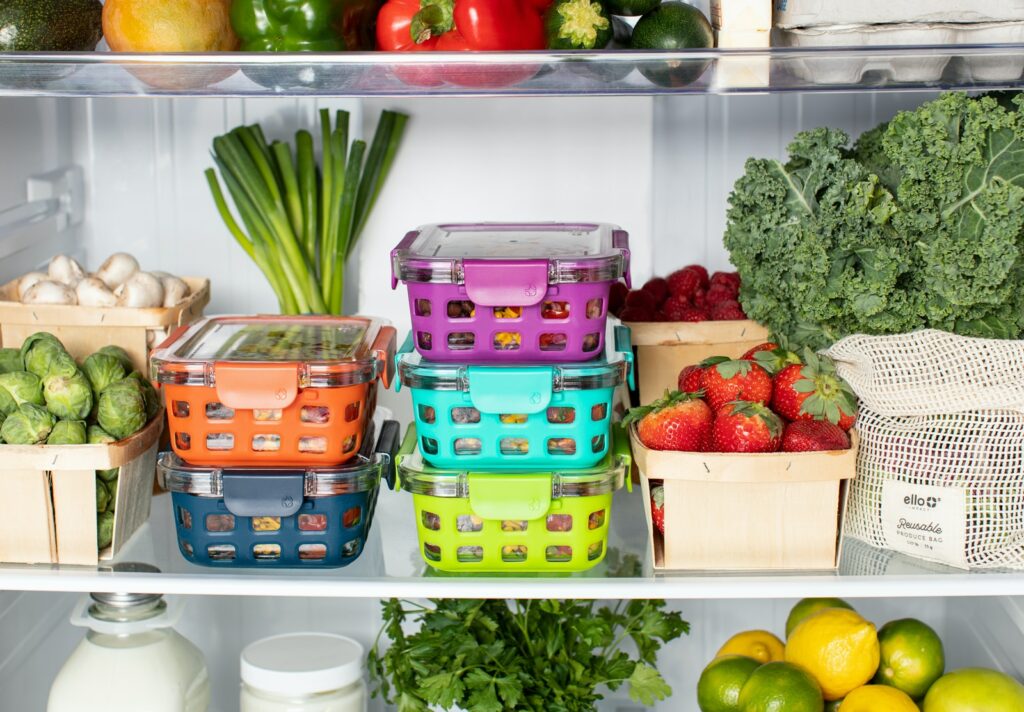
We hear often that the Mediterranean Diet is the one to follow but what are the foundations to this finding and what does this actually mean you should eat?
When it comes to eating and diets, it is not uncommon to focus on avoiding or indeed bingeing on specific foods. We’re inundated with confusing and conflicting advice to avoid fat, eat butter, cut sugar, eat more protein, reduce red meat, eliminate gluten and avoid dairy, let alone the message to reduce the amount of food we eat in general.
Whilst it is important to be aware of specific food groups and how they impact on our health, a whole diet approach, in other words, choosing a variety of foods for varying food groups, offers a more balanced and ultimately a more sustainable approach to eating.
Diet trends have blighted our choices for generations but there are certain areas in the world that have instead relied on instinctive eating, that does not restrict certain foods but rather focuses on food choices that are indigenous to their region, whilst also ensuring healthy fulfilling lifestyles. Indeed these areas are also the areas in the world where people live the longest. These geographical areas are known as the Blue Zones and these areas have been well researched and characterised.
Two geographical areas included in this unique group are in the Mediterranean; Sardinia, just off the coast of Italy and Ikaria in Greece; an Aegean island with one of the world’s lowest rates of middle age mortality and the lowest rates of dementia. The other areas are Okinawa, a Japanese island, the Nicoya Peninsula in Costa Rica and a small town called Loma Linda in California.
These findings confirm our belief that the Mediterranean diet, which has colour at its heart, has long been hailed as the world’s healthiest diet and it’s easy to see why. It focuses on an abundance of fruits, vegetables, whole grains, legumes, nuts and healthy fats such as olive oil and favours lean sources of proteins, such as fish and chicken in moderate amounts over red meat, which contains more saturated fats. Interestingly red wine, with its deep red colour, due to the antioxidant Resveratrol also features, but in moderate amounts; one glass per day. Sweets and desserts are usually fruit and water the drink of choice.
As such, one of the simplest approaches to healthy eating is to choose a colourful variety of fruits and vegetables and colour is at the heart of the Mediterranean Diet.
The Mediterranean Diet; eating by colour
Essentially, if you vary your colour, you will vary your nutrients and your body will get exactly what it needs.
Nature has made this easier for us by imparting different colours for different nutrients and making them striking enough for us to notice them and therefore eat them; for example the deep red colour found in tomatoes and watermelons; both a big part of the Mediterranean diet, is due to the antioxidant Lycopene, which can protect against prostate and breast cancers and the Anthocyanins, found in aubergines and blueberries, responsible for its deep blue/purple colour, protect against free radicals produced as a result of oxidative stress. The bright orange colour of oranges, carrots and butternut squash is due to the Beta-Carotene, a precursor to the antioxidant vitamin A, which is an essential nutrient for eye health.
Another big component of the Mediterranean diet is Olive oil. More specifically, a recent study at the University of Edinburgh, found that Oleic acid, a compound found in olive oil may help to prevent cancer from developing in the brain.
How to eat by colour the Mediterranean way?
- Include at least 5 portions of non-starchy vegetables a day; for example, Aubergines, Peppers, Courgettes, Green Beans, Tomatoes, Cucumber. These vibrant Roasted Mediterranean Stuffed Red Peppers are a perfect combination of nutritious vegetables.
- Opt for healthy fats such as Olive Oil or Avocado Oil and include at least 5-6 teaspoons per day or ¼ of an Avocado
- Eat legumes such as Lentils, Chickpeas or Butter Beans on a daily basis, as well as nuts and seeds; these all provide good fibre and protein as well as healthy fats. Consider portions of nuts and limit to approximately 8-10 nuts
- Aim to eat fish 2-3 times per week choosing oily fish, such as Salmon, fresh Tuna, Mackerel and Sardines where possible. These provide excellent protein as well as good levels of anti-inflammatory omega-3s. Flaxseed, walnuts and avocado are good plant-based alternatives. If you are unable to eat these quantities, perhaps consider a good quality omega 3 supplement.
- Eat eggs, preferably organic, regularly, up to 3-4 times per week. Eggs are a nutritious first class protein and are easy and convenient.
- Eat dairy foods in smaller amounts, approximately 1-2 servings daily; for example, 1 cup of milk, probiotic yoghurt or 30g cheese, opting for fresh curd cheeses such as feta or ricotta, which are easier to digest
- Avoid refined carbohydrates as these lack nutrients and fibre. Instead choose wholegrain or sourdough bread, made from fermented grains for easier digestion and better nutrient absorption
- Include plenty of fresh or dried herbs such as Oregano, Basil, Thyme or Rosemary for their antioxidant benefits as well as providing flavour. Try this Green lentil salad recipe combines plenty of fresh herbs
- Drink good quality coffee and green tea in moderate amounts, with water as a drink of choice otherwise. Avoid fruit juices, squashes and cordials that are very high in sugar
- Alcohol can be consumed but in very limited quantities; 1 small glass with a meal and preferably red wine.
- Eat in a season where possible when fruits and vegetables are at their most nutritious and also more cost effective. Be adventurous and consider vegetables and fruits that you have not included; for example, slice some radishes into your salad or try roasting fennel as a side vegetable
So the key to eating the Mediterranean way:
- Although there are some meat and fish, choose mostly plant-based foods, avoiding any processed foods typical of the western diet
- Add colour to each meal to add nutrients
- Eat foods that are readily available, ideally grown as locally as possible









2 Comments